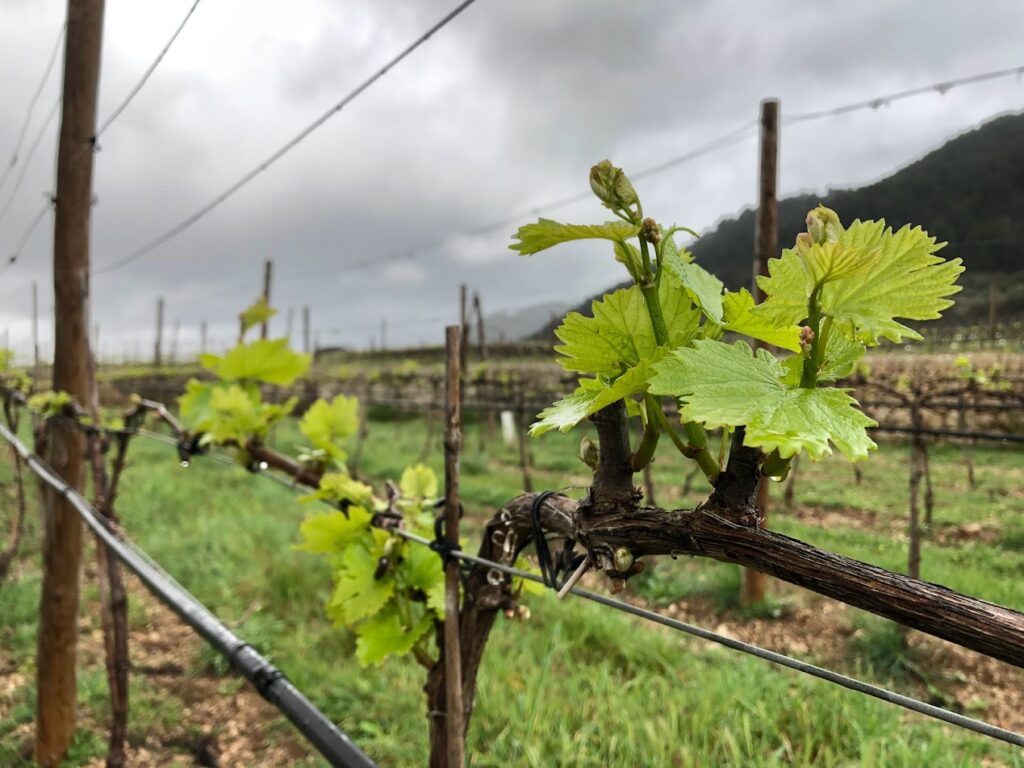
If you’re a wine enthusiast or someone looking to delve into the rich world of Spanish wine, you’ve come to the right place. In this guide, we’ll take you on a journey through the fascinating history, the diverse regions, and iconic grape varieties that make Spanish wines truly special.
From the traditional bold reds of Rioja to the crisp whites of Rueda and Galicia and on to the sparkling delights of Cava; Spain is a wine lover’s paradise.
Spanish Wine: A Historical Tapestry
The Iberian Peninsula has a grape growing tradition dating back to 4000–3000 BCE, but it wasn’t until much later that wine was produced. The Romans significantly shaped winemaking in the Iberian Peninsula, introducing practices that endured until today. The Romans organized vineyards, implemented efficient spacing, and advanced harvesting techniques, emphasizing optimal grape ripeness.
Amphorae and barrel aging became integral, preserving and maturing wine. Romans cultivated diverse grape varieties like Airen and Tempranillo, which remain prominent. Their innovative tools, including presses and crushers, improved juice extraction. The Romans also pioneered irrigation systems to ensure consistent vineyard watering. Their enduring influence laid the foundation for Spain’s rich and diverse winemaking culture, impacting vineyard management, grape cultivation, and the overall winemaking process.
The Al-Andalus period saw winemaking persist, and after the Reconquista in 1492, Spanish wines gained global recognition. Despite challenges in the 20th century, the industry rebounded, establishing Spain as a prominent wine producer.
WINE Regions
Spain has dozens of unique wine regions thus offering a kaleidoscope of wine styles. As of January 2024, there are 70 DO’s (Denominaciones de Origen), and 21 VDP (Vinos de Pago), and 7 VdC (Vinos de Calidad).
New regions are being added almost every year. For the most updated information be sure to visit the official Spanish Ministry of Agriculture, Fisheries and Food website.
Decoding Spanish Wine Labels

Understanding Spanish wine labels involves recognizing the emphasis on region over grape. There are four main labels:
- DOP : Denominación de origen protegida. This is a broad label for wines that are protected. It includes DO’s, VC, DOCa, and VP
- VDC : Vino de Calidad. Not exactly table wine, but not DO either.
- DO: Denominación de Origen. These are the regions that are protected, such as Ribera del Duero, Rías Baixas, or Jerez. There are 68 total
- DOCa or DOQ : Denominación de origen Calificada/Qualificada is granted to regions meeting stringent quality standards. There are only two regions: Rioja and Priorat. These regions exemplify Spain’s commitment to quality winemaking.
- VDP : Vino de Pago. This is considered as the highest label category for Spanish wine. It’s designated for individual producers only.
- IGP : Indicación Geográfica Protegida, is a European Union designation for a protected geographical indication. It certifies that a product, like wine, is linked to a specific geographic area and possesses qualities, reputation, or characteristics attributable to that origin.
Spanish Wine
While there are over 600 grape varieties that thrive in Spain, but about 20 dominate 80% of production. Notable grapes include Tempranillo, Garnacha, Albariño, and Verdejo, each contributing to Spain’s unique vinicultural tapestry. It’s worth noting that the indigenous grape varities, like in Mallorca, which are also putting Spain on the map.
Spanish Red Wines
Spain’s red wines, celebrated for their richness, include iconic varieties like Tempranillo, Garnacha, and Mencía. Rioja, Ribera del Duero, Priorat, Toro, and Ribeira Sacra stand out as regions producing exceptional reds with distinct characteristics.
Spanish White Wines
While Spain may be renowned for reds, its whites are equally noteworthy. From the Viura-based White Rioja to the citrusy Rueda Verdejo, Spain’s white wines showcase diversity. Albariño, Godello, and Txakoli add unique flavors to the country’s white wine spectrum.
Sparkling Wines
Cava, often referred to as “Spanish Champagne,” shines as a sparkling alternative. With varieties ranging from sweet to dry, Cava competes with global counterparts. Corpinnat, a new DO, represents the epitome of Catalan sparkling wine exclusivity.
Fortified Wines
Spanish fortified wines, notably Sherry and Vermouth, have earned international acclaim. Sherry, a dry fortified wine from Andalusia, and Vermouth, an aromatized white wine, showcase Spain’s mastery in the art of fortification.
Unlocking the Rich Tapestry of Spanish Wines
Spain’s surge in wine popularity has led to the availability of high-quality, affordable bottles globally. Notable brands like Marqués de Riscal offer a range of options, showcasing Spain’s diverse winemaking prowess.
In conclusion, Spanish wines beckon with a tapestry of flavors, a testament to centuries of winemaking expertise. Whether you’re a seasoned oenophile or a curious beginner, Spain’s wine culture invites you to explore, savor, and appreciate the unique story each bottle unfolds. Cheers to the ultimate Spanish wine experience!
REFERENCES https://www.mapa.gob.es – The Minisry of Agriculture, Fisheries, and Nutrition.


Pingback: The Ultimate Guide to Spanish Wine Regions- THE WINE MATCHER